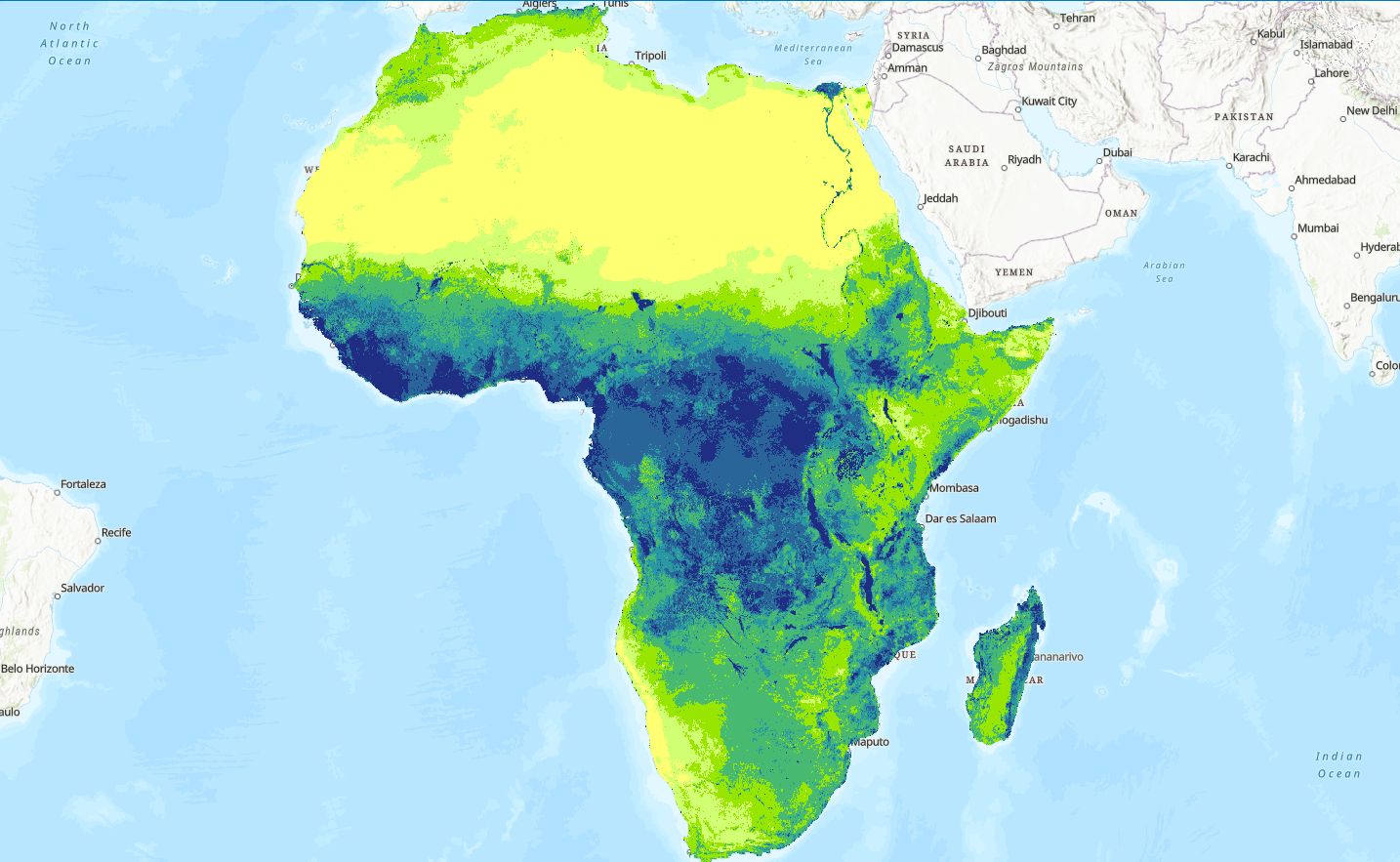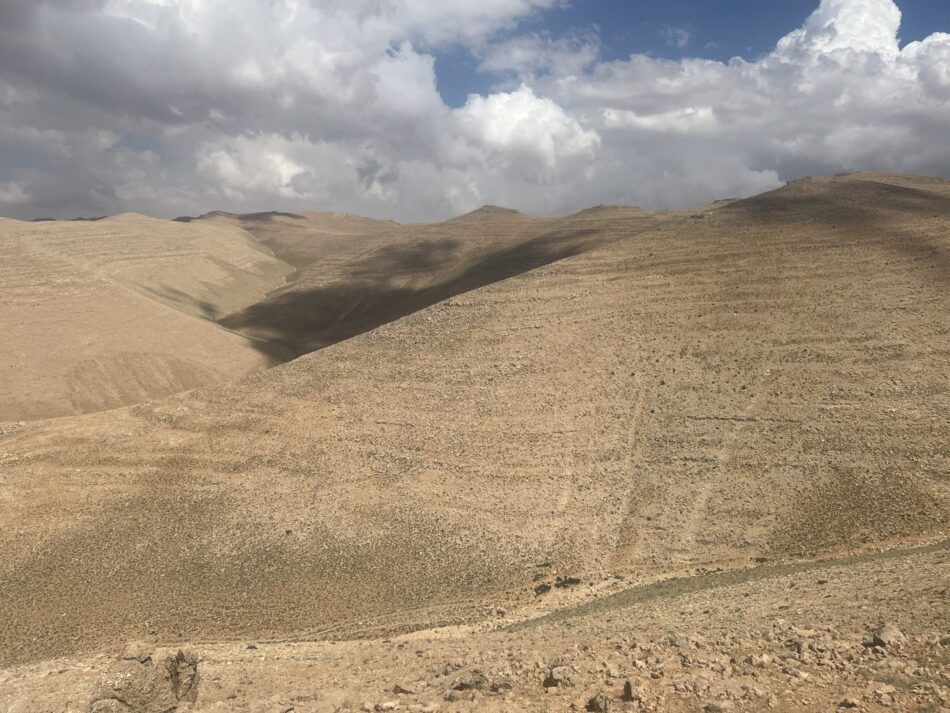Goal
The goal of this project is to assist the Government of Nigeria to increase agricultural production and achieve food security through sustainable water management, which allows smallholder farmers to profitably engage in flood-recession and dry-season agriculture.
Objectives
The three-year project will establish fact-based evidence on historical and current flooding patterns and risks as a guide to decision making on flood response. It will also identify flood capture and storage solutions for flood-recession agriculture and dry-season farming. The project will be implemented in the Nigerian states of Anambra, Benue and Kogi.

Anambra, Benue and Kogi states of Nigeria (IWMI)
Outputs
- Water and land management maps at river basin and state levels:
- River basin scale: flood vulnerability zones, and flood inundation patterns and changes
- State level: estimates of surface water resources, including their location, extent and dynamics
- Tools to support flood forecasting and estimate potential impacts along the Niger and Benue rivers
- Agricultural water and land management solutions (e.g., rainwater harvesting, surface ponds and tanks, pump irrigation, etc.)
- Maps of areas suitable for AWM solutions, livelihood patterns and number of beneficiaries (hectares and people)
- Proven business models for implementation of AWM solutions
- Field-tested methodologies: Participatory Rapid Opportunities and Constraints Analysis (PROCA), and monitoring and evaluation (M&E) methodologies
Impacts
- Improved food security through greater knowledge of Nigeria’s water resources and their management to improve crop planning and increase cropping intensity
- Enhanced rural incomes through expanded dry-season and flood-recession farming together with new opportunities for rural employment (particularly for youth) through the introduction of irrigation service providers and other AWM business models
- Smallholder farmers profitably participating in food value chains
- Improved adaptation to climate change and more resilient farming communities
How can flood management improve dry-season farming, and safeguard lives and property?
Flood-recession agriculture
Inundation and recession of floodwaters can provide a variety of opportunities for productive agriculture. High levels of post-flood residual soil moisture and shallow groundwater tables in the floodplains enable effective dry-season agriculture without, or with only limited, need for irrigation. Floods bring sediments from the upper catchment. When these floodwaters are effectively managed, the organic matter in these sediments are deposited, which enhances soil fertility. Fine-grained sediment deposits also have higher water retention capacities. This, in turn, can be useful in supplementing the water requirements of crops grown in these deposits. Flood-resistant crops, such as certain types of rice and sorghum, can be grown at different points during the flood cycle to maximize a farm’s annual productivity. At least two crop cycles may be possible by effectively managing floods and carefully timing the planting of crops to make use of fertile floodplain land that is only accessible during the dry season, but may still retain significant soil moisture.
Mitigating the impacts of flood events
Safeguarding lives and property from the impacts of floods involves reducing the intensity of peak floods through a variety of water and land management practices. Capturing floodwater in both natural and constructed storage systems, such as in marshlands, aquifers or reservoirs, for example, can reduce downstream flooding as well as provide opportunities for agriculture. Effective soil and land management techniques can be used to increase soil infiltration rates and storage capacities, thereby reducing runoff, and slowing the flow and accumulation of floodwaters in downstream areas. Such techniques can also reduce soil erosion and sedimentation losses, especially during flood events which can have destructive impacts both upstream and downstream.











